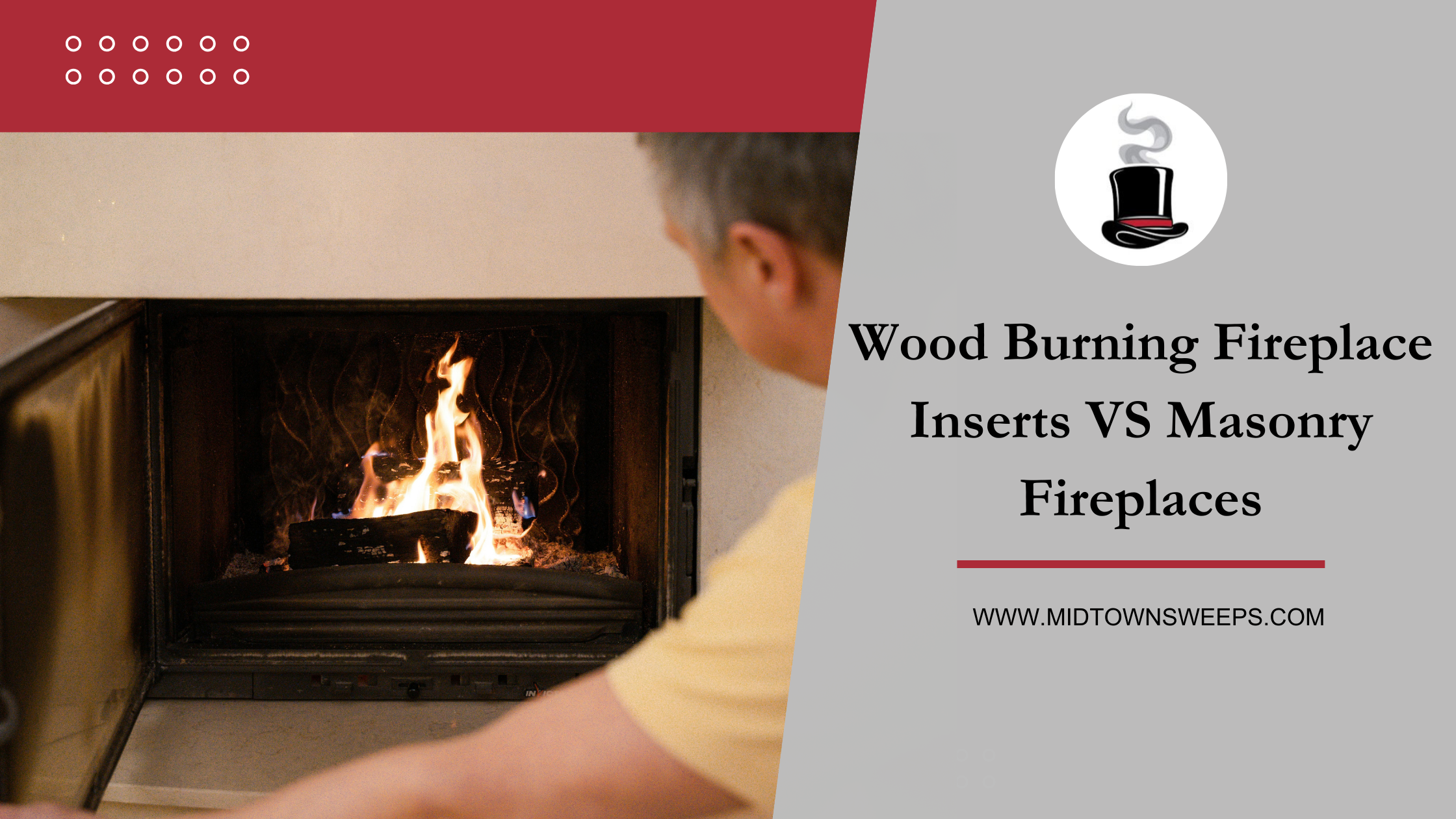Fireplaces are a popular way for homeowners to improve the interior designs of their living and family rooms, and they bring a sense of comfort to many indoor spaces. Fireplaces today often act as a supplement to many home heating systems. Most of today’s modern designs provide energy-efficient alternatives to traditional systems.
The most common fireplaces used by homeowners are wood-burning, gas burning and electrical. Although all three offer distinct advantages, each one also has limitations. Here we explore the limitations of electric fireplaces and why a gas fireplace or wood burning fireplace are often a better choice.
Electric Fireplace Limitations
Many people choose electric fireplaces for their convenience. Some homeowners think it’s a better option than the investment some gas or wood-burning fireplaces require. Unfortunately, electric fireplaces have distinct limitations compared to wood and gas-burning options.
Produces Less Heat
Most electric fireplaces sold today offer very little heat output. If you want to keep a room well heated — especially a larger room — an electric fireplace probably isn’t the ideal choice. In most cases, they produce as much heat as a small space heater.
Most electric fireplaces only produce two kilowatts of heat output and are only recommended for smaller spaces. If you want to keep your home warm without racking up costly monthly bills from your primary heating source, you’ll want to look at other alternatives to electric fireplaces.
Are Electric Fireplaces Energy-Efficient?
Although electric fireplaces are inexpensive to buy and install compared to wood-burning or gas-burning fireplaces, most of them are used by homeowners for interior design purposes and offer little in the way of energy-efficient heating.
Even higher-end electric fireplaces designed to operate on 240-volt outlets only generate enough heat to keep a 1,000 square foot space comfortably warm. If you live in a small apartment or condo, an electric fireplace may add to the aesthetics of the space. However, most heating systems in apartments and condos are electrical, so adding an electric fireplace as a heating alternative will only add to your energy costs.
Are Electric Fireplaces Aesthetically Pleasing?
Although some electric fireplaces available today offer sleek designs and smart features, they don’t capture the essence of a wood-burning fireplace. An electric fireplace doesn’t offer the comforting sound of crackling wood in a real fire or the cozy ambiance of an authentic flame generating natural warmth.
Additionally, electric fireplaces still look less than authentic — even with the modern designs and advanced features. Many homeowners want the smell of real woodsmoke, and no electric fireplace can replicate the smell of real wood burning.
Why You Should Choose a Wood-Burning or Gas Fireplace
Most people prefer a wood burning or gas fireplace as opposed to an electric fireplace. Gas and wood fireplaces generate more heat, capture the ambiance of glowing logs and require little to no energy-producing sources to generate heat.
Wood-burning fireplaces are sometimes more challenging to maintain than their gas-burning counterparts, but many people are willing to forgo this minor inconvenience for the warm, homey feeling offered by a wood-burning fireplace.
For those who still want the quiet glow of dancing flames without taking on the maintenance needs of a wood-burning fireplace, a gas-burning fireplace is a great option. Most gas-burning fireplaces available today deliver the appearance of a real flame, and many of the current design and style options offer the elegant look of an old-style fireplace.












